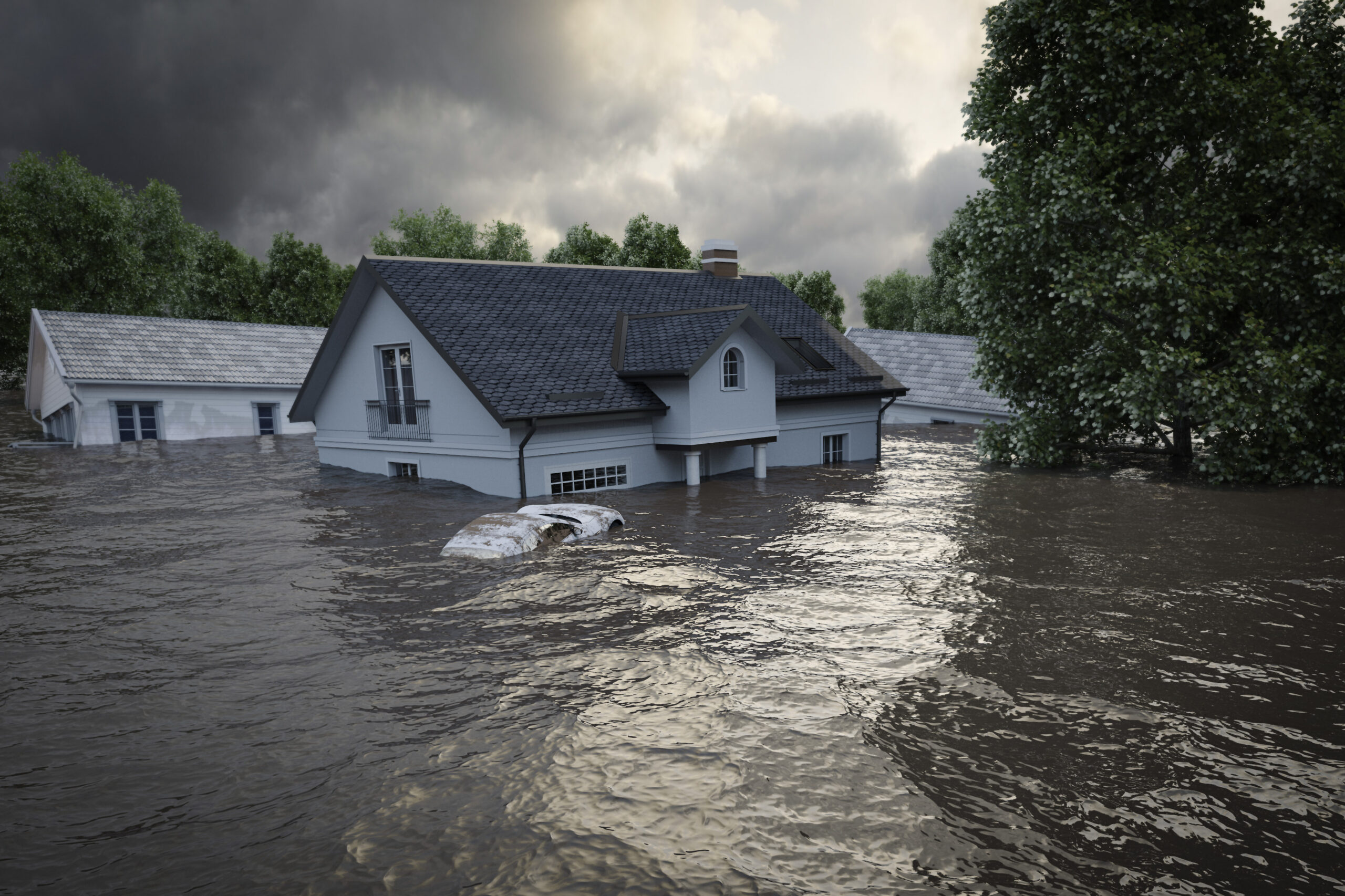Understanding Flood Zones, Fire Risks, and Other Environmental Factors Before Buying

As a real estate agent, you know that finding the perfect property goes beyond the house itself. It involves ensuring that buyers understand the environmental factors that could impact their investment, safety, and long-term happiness in their new home. From flood zones to fire risks, here’s a guide to help you educate buyers on the key environmental considerations that they should evaluate before purchasing.
1. Flood Zones and Insurance Requirements
Why It Matters: Flood zones indicate areas at risk of flooding due to heavy rains, hurricanes, or rising water levels. Homes in these areas can be more susceptible to water damage, which can lead to costly repairs and potential health issues from mold.
How to Navigate This with Clients:
- Review FEMA Flood Maps: The Federal Emergency Management Agency (FEMA) provides flood maps to help identify flood-prone areas. Knowing the property’s flood zone can help buyers understand their risk.
- Discuss Insurance Requirements: Homes in high-risk flood zones may require flood insurance, which is typically not covered under standard homeowners insurance. Help buyers budget for this additional cost, which can vary greatly based on the property’s location and elevation.
- Consider Flood Mitigation Measures: Some homes in flood-prone areas have features like elevated foundations or flood vents. Highlighting these can provide reassurance for buyers considering homes in at-risk areas.
2. Fire Risks in Wildfire-Prone Areas
Why It Matters: Wildfires have become more frequent and intense, affecting a growing number of communities. Properties in regions with high fire risks are more vulnerable to wildfires, which can impact home insurance costs and availability.
How to Navigate This with Clients:
- Check Fire Hazard Severity Zones: Many states, particularly those prone to wildfires like California, have fire hazard severity maps to help buyers gauge their risk.
- Discuss Fire-Resistant Building Materials: Homes in fire-prone areas may feature fire-resistant roofs, siding, and windows. Point out these features if they’re available, as they can provide additional protection and peace of mind.
- Explore Defensible Space Guidelines: Some states require homeowners to maintain a defensible space around their property, which involves clearing vegetation and creating buffer zones. Let buyers know if such requirements are in place, as it can be an important part of maintaining fire safety.
3. Earthquake Zones and Structural Considerations
Why It Matters: Properties in earthquake-prone areas are more likely to experience structural damage if a significant seismic event occurs. Ensuring that a home is earthquake-resistant can save future homeowners significant repair costs and provide greater safety.
How to Navigate This with Clients:
- Review Seismic Hazard Maps: Many states, especially in areas like California and along the Pacific Rim, provide maps to indicate high-risk earthquake areas.
- Look for Earthquake-Resistant Features: Highlight homes that have retrofitting features, such as reinforced foundations and flexible gas lines, which can reduce the risk of damage.
- Recommend Earthquake Insurance: Standard homeowners’ insurance typically doesn’t cover earthquake damage, so buyers in high-risk areas should consider adding earthquake insurance for financial protection.
4. Hurricanes and Wind Damage Vulnerability
Why It Matters: Coastal regions are susceptible to hurricanes, which bring powerful winds, flooding, and storm surges. Homes in these areas may require additional structural considerations and insurance to protect against storm-related damage.
How to Navigate This with Clients:
- Evaluate Storm Shutters and Reinforced Roofs: Homes in hurricane-prone areas may come with features like storm shutters and hurricane straps to secure the roof. Mention these protective features to buyers as a benefit.
- Understand Wind Mitigation Insurance Discounts: Many insurers offer discounts for homes with wind mitigation features. Advise clients to inquire about these to help reduce insurance costs.
- Discuss Evacuation Routes and Preparedness: Some buyers, especially those new to hurricane-prone areas, may appreciate guidance on local evacuation routes and emergency preparedness.
5. Radon, Sinkholes, and Other Geological Risks
Why It Matters: Geological risks like radon exposure and sinkholes are often overlooked but can have serious implications for health, safety, and property value. Homes in certain areas are more prone to these risks, and awareness is essential.
How to Navigate This with Clients:
- Check Radon Levels: Radon is a colorless, odorless gas that can lead to lung cancer. Homes in certain regions, particularly those with high levels of granite, may be more susceptible. Many states provide radon risk maps, and a radon test during inspection can determine the need for mitigation.
- Understand Sinkhole Activity: Certain states, like Florida, are more prone to sinkholes. If a property is in a sinkhole-prone area, consider recommending a geological survey and discuss the importance of sinkhole insurance.
- Recommend Specialized Testing and Inspections: Some environmental risks require specialized inspections, like soil testing in areas with potential soil erosion. Let clients know about these options to provide a thorough assessment of the property’s risks.
6. Water Quality and Air Pollution Concerns
Why It Matters: Safe drinking water and clean air are critical to health and quality of life. Some areas may have water contamination or air pollution issues that buyers should consider before purchasing.
How to Navigate This with Clients:
- Review Water Quality Reports: Many municipalities provide water quality reports, so it’s worthwhile to check for any contaminants in local water supplies, especially in rural areas with private wells.
- Check Air Quality Index (AQI) Ratings: Areas with high traffic, industrial activity, or frequent wildfires may have higher AQI levels, which can affect air quality. This is particularly important for clients with respiratory issues or allergies.
- Consider Home Filtration Options: In areas with air or water quality concerns, homes with filtration systems can be a major selling point. These features provide peace of mind and contribute to a healthier living environment.
Helping Clients Weigh Environmental Risks and Benefits
While these environmental factors may seem daunting, they don’t have to deter buyers. Often, it’s about awareness, preparation, and ensuring buyers have the information and protection they need. Here are some tips for helping clients make informed choices:
- Emphasize Due Diligence: Encourage clients to conduct the necessary research and consider specialty inspections in high-risk areas. Knowledge of a home’s potential environmental risks allows buyers to plan and budget effectively.
- Discuss Protective Insurance Options: Let buyers know about additional insurance options available for flood, fire, earthquake, or sinkhole risks. These policies can add a layer of financial protection and peace of mind.
- Highlight Mitigation Efforts: Many homes come with features designed to reduce environmental risks, such as fire-resistant landscaping or reinforced roofing. Pointing out these features adds value and shows clients that environmental risks can be mitigated.
Conclusion: Supporting Buyers with Comprehensive Environmental Knowledge
Environmental factors play a key role in a buyer’s long-term satisfaction and security in their home. By helping clients understand the potential risks and protections available, you’re providing a well-rounded perspective that empowers them to make informed, confident decisions. And by aligning them with properties that meet their lifestyle and safety needs, you’re enhancing their buying experience and strengthening your role as a knowledgeable and trusted advisor.




